Our Eclectic Skillset
Workshops, Demonstrations and Presentations
Click here for a list of workshops that Peter and Julie can do for you
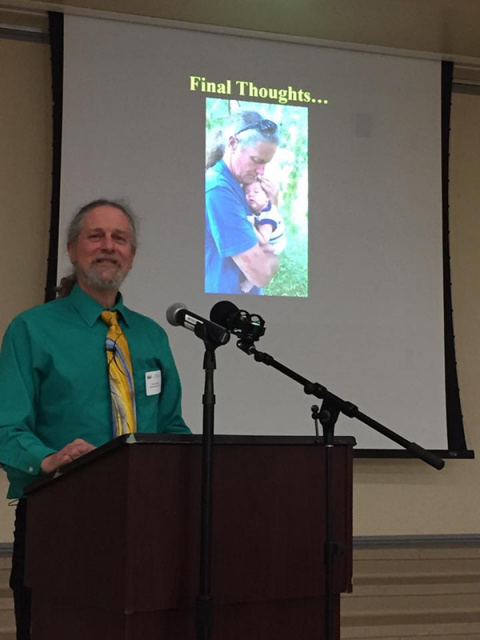
We Walk Our Talk
We love our 173 year-old home and have restored it to fit our modern lifestyle while keeping its 19th century quaintness
The 420' long riverfront property was a monoculture of grass and few trees in 1991 and now it is one of the most diverse lots in the city
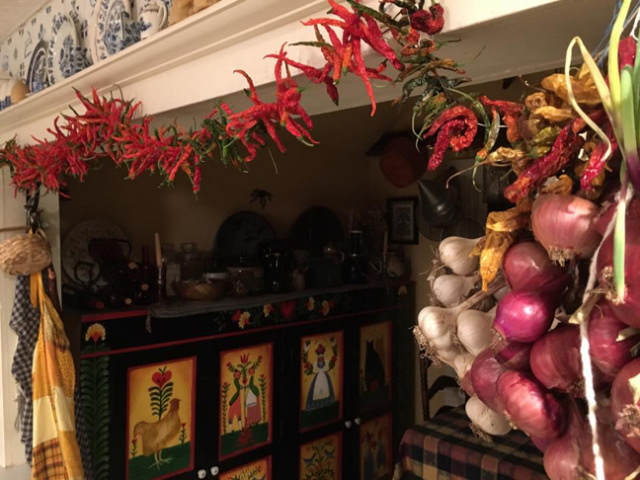
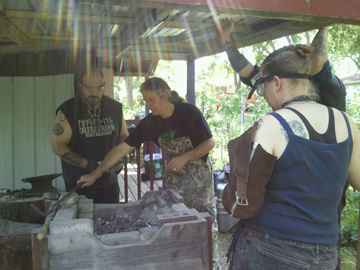
There's even a bellows forge out back where we occasionally host a daylong gathering affectionately called "Forge and Gorge" where we bang on red-hot metal and feast afterwards
First-Person 18th Century Natural Philosopher & Gentleman Scholar
Recently Peter provided one of the PhenoCulture Wisconsin services at the Waukesha County Land Conservancy "OaktoberFest" Fundraiser
Book him as his first-person persona Mr Peter Watts, Esq who uses hands-on activities to teach about binomial nomenclature and see how modern living meets the past!
phenoculturewisconsin@gmail.com
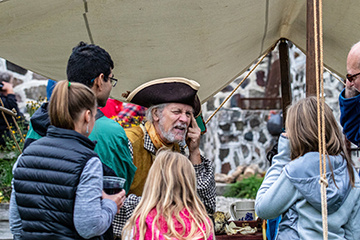
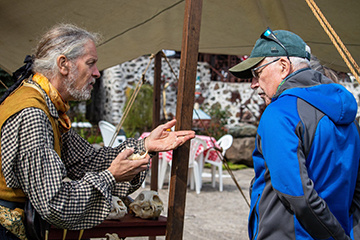
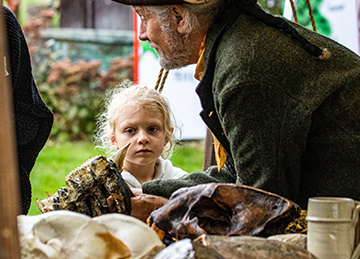
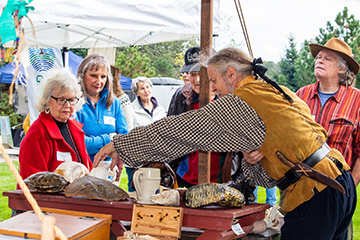
Photos taken by volunteers for the Waukesha County Land Conservancy
The Video of Peter as an 18th Century Naturalist presenting Anatomy and Physiology of Skulls, Teeth and Fossils to Children was taken by Jill Bedford (Jill Bedford Photography)
(When Peter steps out of character to explain certain concepts, he informs his audience that he's breaking character)
Urban Homesteading
Any property can lend itself to being Nature-friendly
Let us help you create an environment that feeds wildlife, your soul - and your bellies
Backyard Bees
Hours can be spent sitting, quietly watching the comings and goings around a bee hive
So much can be learned by observing the cooperative precision of these of these super-organisms
Though honeybees are not native to the America's, we've identified at least five species of native bees and several different species of wasps in our gardens- and many of them have made homes here
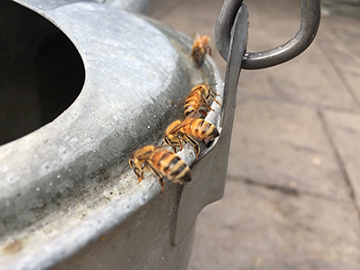
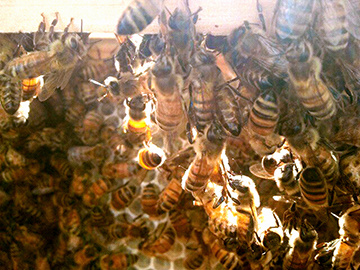
Since we're more hands-off than some beekeepers, the combs can get, well, complicated
If you're a beginner, we'd recommend starting with a Langstroth Hive, which has been around for over a hundred years and is a little easier to learn from and care for

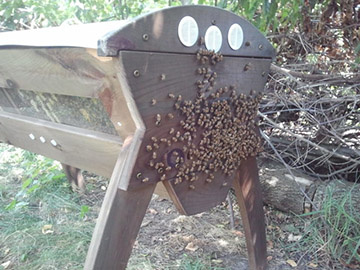
We have a top-frame hive called a BeePod which is a better choice for beekeeping since the well being of bees is most important to us
Top frame-style hives have been around for thousands of year and allow bees to do what they naturally do without being forced to bypass certain critical life stages
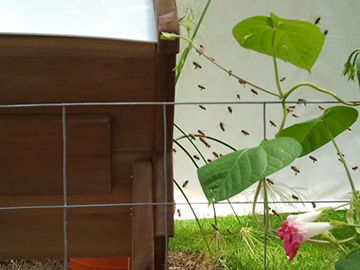
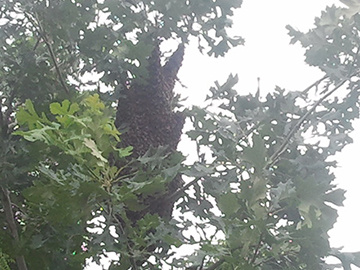
Bearding can occur because of high temperature, but it is often an indication that your hive is ready to split or swarm
Swarms are NOT dangerous and are incredible to witness
The sound energy of thousands of bees spiraling upwards is awe-inspiring
Children are intrinsically fascinated by bees (not to mention their sweet honey)
Let us know how we can get your kids interested in the wonders of the honeybee!
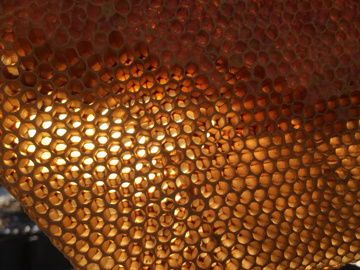
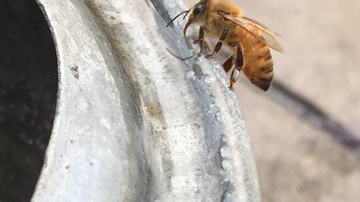
We typically do not harvest honey from our hive unless the colony dies off
Unfortunately this is happening more often with the complications of climate change
There is so much to be learned from keeping bees and they offer incredible healing - from the honey itself to propolis to pollen to simply taking the time to slow down long enough to appreciate them
We purchase our Bee Packages from Heritage Honeybee in Sullivan
Backyard Hens
Your community doesn't allow backyard poultry?
We were instrumental in getting our community to accept backyard chickens
Though there's still more education to do, we finally have an ordinance that allows hens
Keeping food local and within our control is the only way to know what we're really eating
Raising backyard hens is so much more entertaining than you might think!
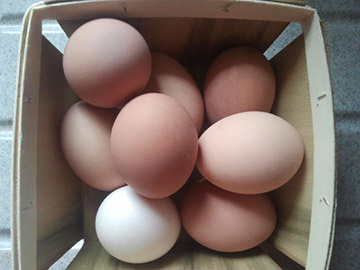
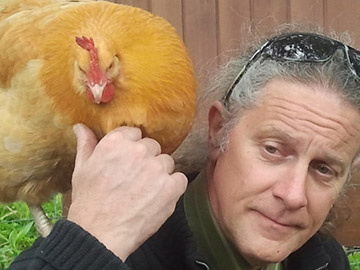
One of favorite breeds is the Buff Orpington
They love to cuddle and they're great layers
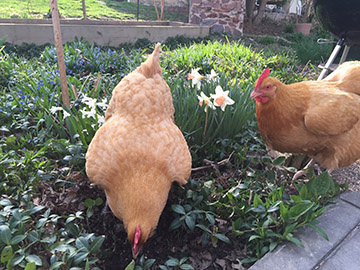
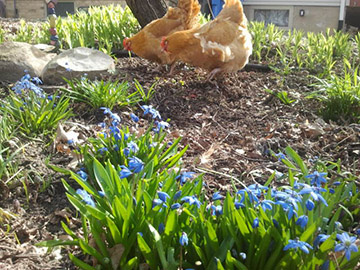
Believe it or not, hens can be trained to stay in the yard
Peter uses hand gestures and vocalizations to keep them in line - plus the promise of a worm is a great incentive to stay close
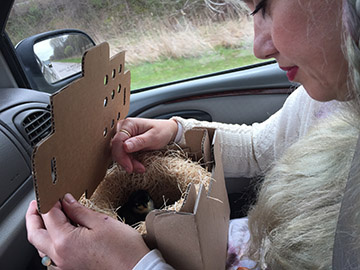
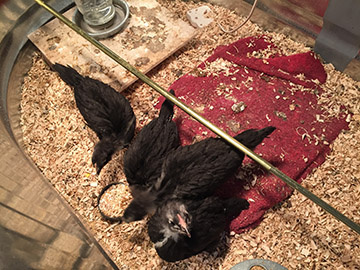
Another breed that we have is the Black Australorp
They're not as friendly as Buffs, but they're prolific summer layers. Winter? Not so much
We compost, of course, but our hens are fed most of our kitchen scraps. In addition, many of the fall leaves are dumped into their run and by spring virtually all of it has been broken down and ready to place on plants throughout the gardens
Hatching the eggs yourself or getting one-day old chicks and raising them is a huge part of connecting with them
When needed, we get our chicks from Abendroth's Hatchery near Waterloo, WI
Growing Food in Small Spaces
Set up a consultation to figure out how to best use the space you have
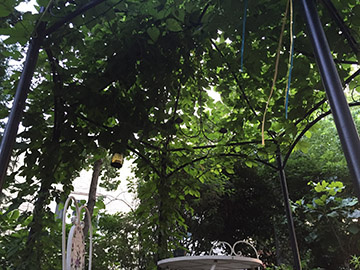
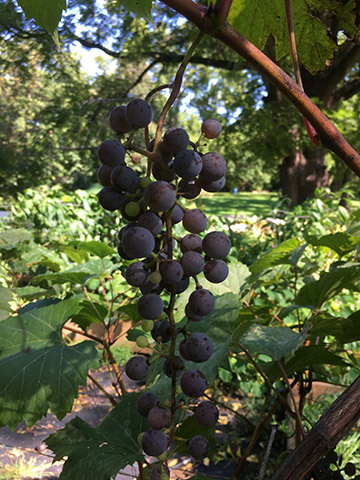
Growing hops is easy and provides great shade over a gazebo
and grapes are wonderful - and delicious - to grow as a living fence
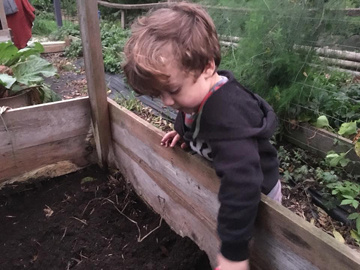
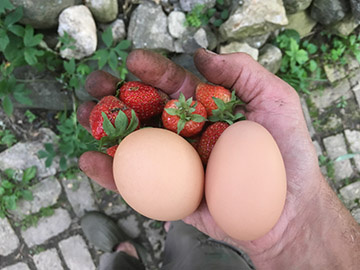
Children should be exposed to gardening for the vast health benefits
Our grandson helps harvest potatoes from a 2' x 4' x 4' potato tower
Food can be grown in the smallest of spaces - Let us come up with some ideas for you
Growing and Harvesting Garlic
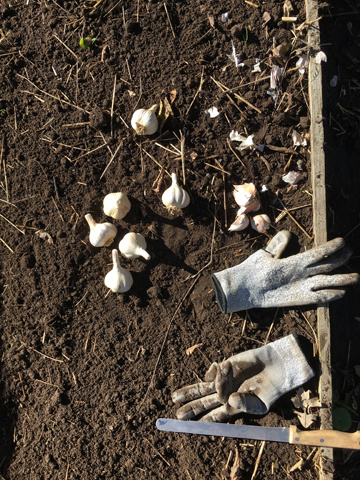
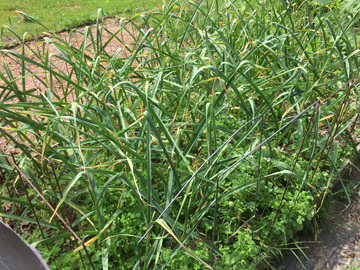
Garlic is so healthy for us and growing garlic isn't difficult with the right plan
Wait until it's cold enough that the bulbs won't sprout before early spring. That's usually sometime in October
Once the soil is prepped, divide the cloves with a blunt knife
We trench out a row about 4" deep and lay the garlic cloves pointy-side UP about 4" apart
Using tree leaves in late autumn, we cover the bed with about 5" of leaves as winter cover
Harvest takes place somewhere between August and September for us
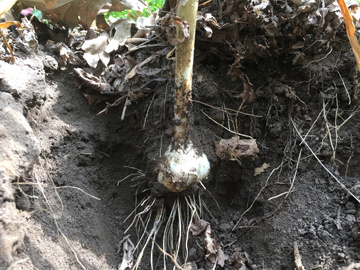
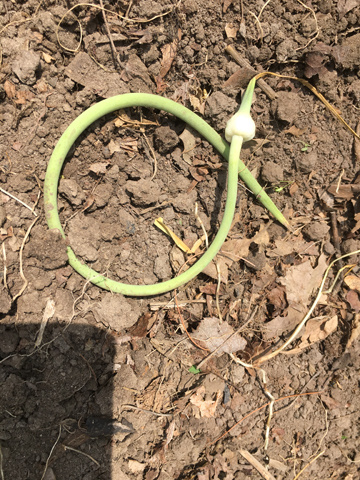
We typically make pesto from the scapes, but sometimes we miss a couple!
The photo on the left shows the root structure of garlic while still in the ground
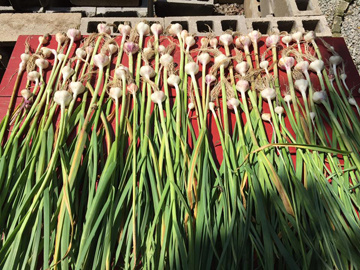
Once it's harvested, depending on the moisture content of the soil, it might have to be washed
We usually let it sit in the sunshine for a couple of hours
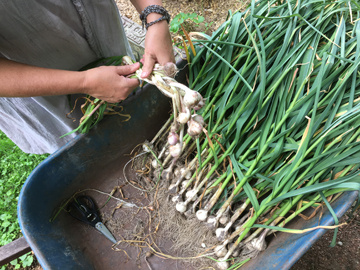
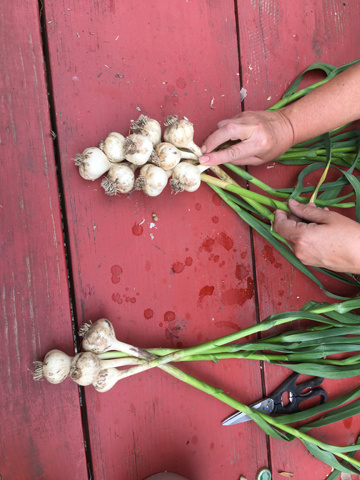
We braid both hard neck and soft neck varieties, though we usually grow hard neck varieties
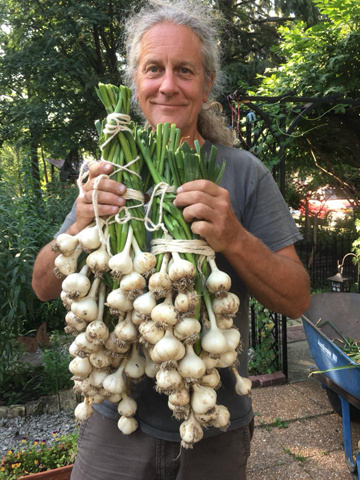
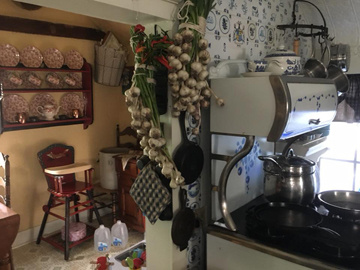
We can grow a year's worth of garlic in a 4' x 10' raised bed
We get our locally-sourced natural garlic from Copper Kettle Gourmet Garlic near Erin, WI
Spring Clean – Make Your Own Cleaning and Hygiene Products
The typical products that we use to clean our homes are filled with industrial chemicals- many which have been proven to cause illness, including asthma.
Common household chemicals are also linked to infertility
We want to know what's in the products we use. Our goal is shift completely from the paradigm of rampant consumerism and be as self-sufficient as possible
Products we can help you make include: Toothpaste, laundry detergent, dish washing liquid, bar soap, shampoo, citrus cleaner, floor cleaner, silver cleaner and deodorant
Consider hosting a 'Homesteading Party' with our help
(like a tupperware party, only different)
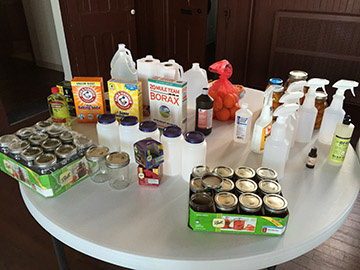
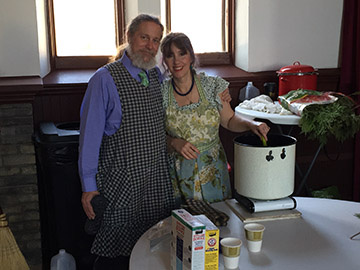
We do all kinds of family-friendly events
Make arrangements with us and we'll get the supplies so your guests can bring home their own self-made cleaning supplies along with proven recipes
Learn to make your own laundry detergent. dish washing liquid, toothpaste, lotions and shampoo
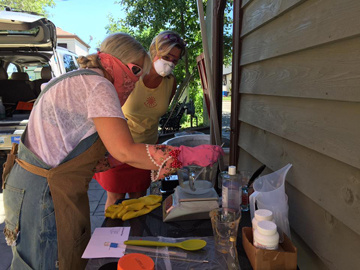
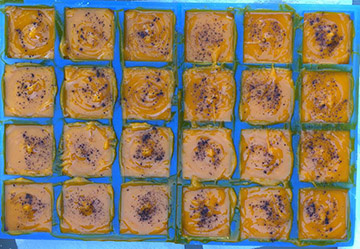
Making your own soap is truly gratifying - and it smells terrific
Angora Rabbits
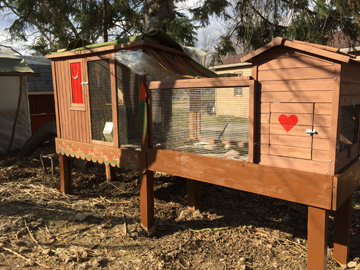
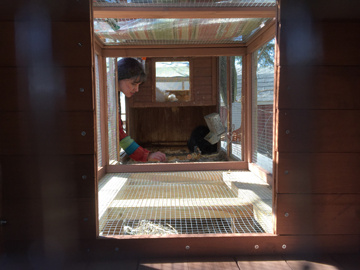
The bunny hutch was assembled by Peter and you'll find the process on the Installations/Projects page
Julie bought two Angora rabbits, sisters named Unut and Ostara, so she could comb out their fur and use it to make mittens and such
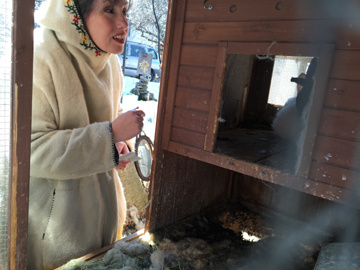
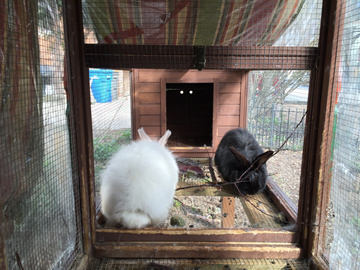
Keeping the cages clean means getting out there every day, even when it's subzero!
Unut, the black one, and Ostara, the white one, enjoy apple twigs and branches after our apple trees are trimmed and pruned in late fall and winter
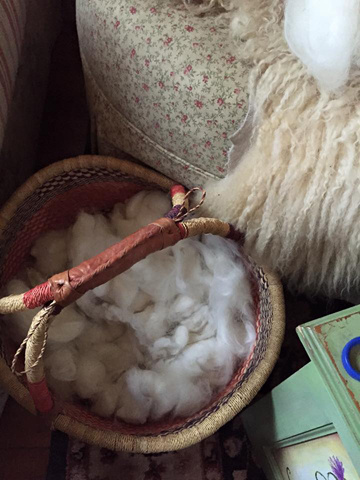
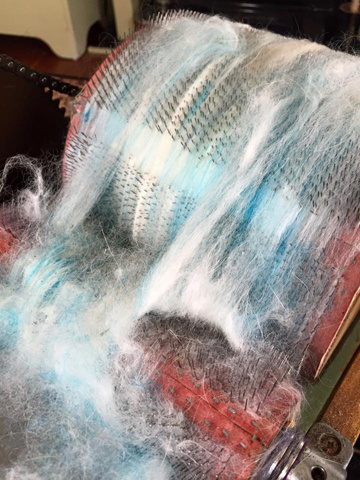
The collection of white fluff on the left is a year's worth of white Angora combings
The fur is then carded using a drum carder
Julie blends sheep wool with the Angora
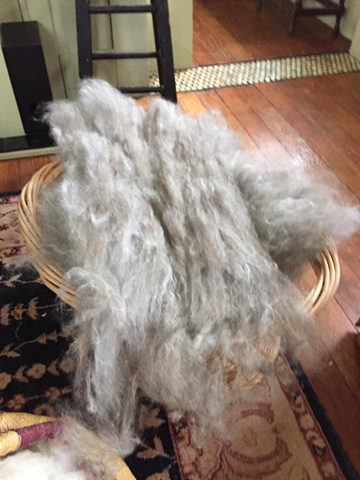
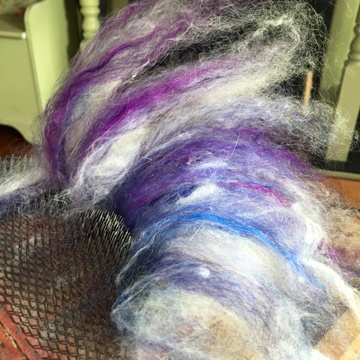
Dyed wool can be blended with the Angora to get the colours desired
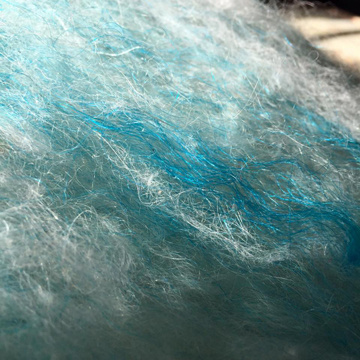
The batting is then spun using a spinning wheel and either knitted or woven using a four shaft castle loom
Fermentation Fun
We host gatherings where we teach folks how to make their own great tasting and healthful fermented foods and beverages
The medical world is just now starting to understand the complex and vital role appropriate gut flora have on our overall health. Eating fermented foods is an excellent way to keep that gut bacteria replenished and healthy. Modern living meets the past
Book us for a workshop and take home what you need to make your own!
Vinegar
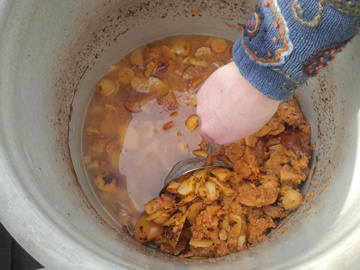
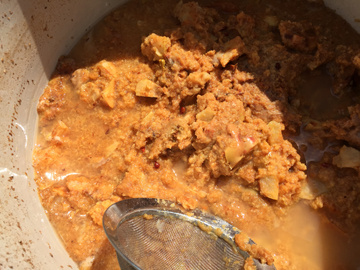
We peel and core our heritage apples using the juice to make cider and the scraps to make vinegar
The scraps are placed in a 5 gallon ceramic crock, topped off with spring water and covered with a linen cloth
Fermentation takes about 6 months
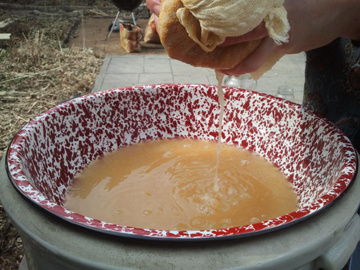
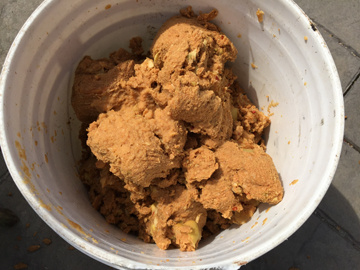
When the fermentation is complete we strain off as much liquid as possible and then scoop out the solids
We use several layers of cheesecloth to twist the remaining liquid from the pulp
The dry pulp is composted
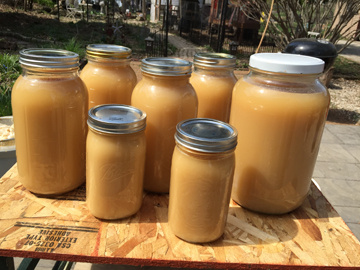
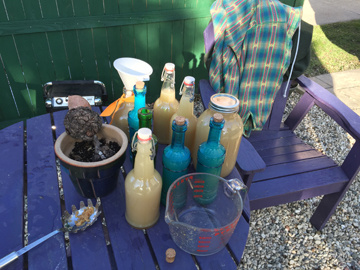
The apple cider vinegar contains its own mother and has a lot of uses and health benefits
Pickles
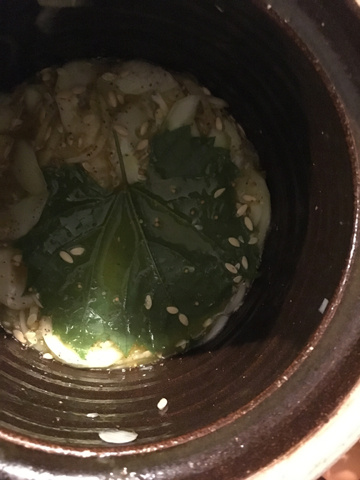
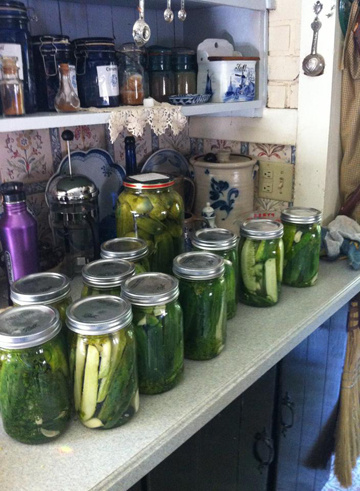
We use our own cukes, garlic and dill with salt
To EASILY make HEALTHIER pickles, top off cucumbers with spring water in a gallon crock and lay a grape leaf (for tannins and natural yeast) on top
Use a plate submerge the cucumbers for around four weeks or so then refrigerate. They'll stay crispy for as long as it takes to eat them
Fermented pickles are delicious and much better for us since they contain beneficial microbes
Sauerkraut
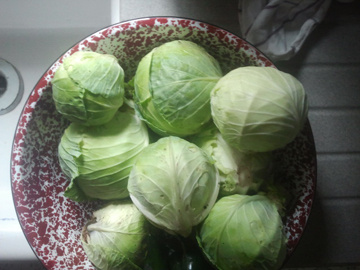
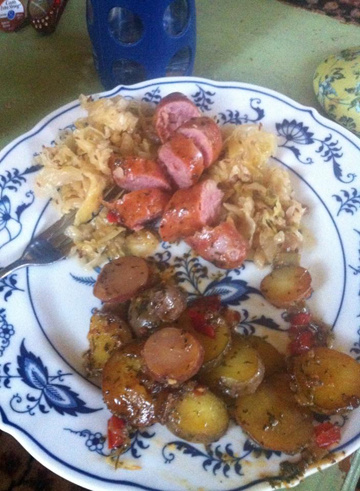
Sauerkraut is fermented using about a tablespoon of pink salt and caraway
The salt is hydrophilic and pulls the natural juices out off the shredded cabbage
Let stand for about four weeks in a dark, cool cupboard
Kombucha and Natural Sodas
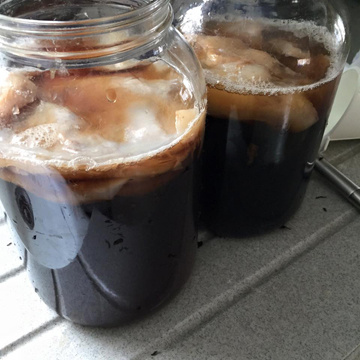
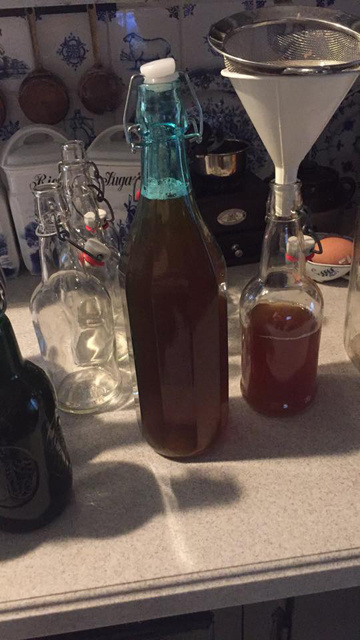
Kombucha is delicious and full of beneficial bacteria that improve our gut flora
It's simple to make- using black tea, honey or organic sugar
If you have a mother, called a scoby, the process takes about a week. If you're starting from scratch the process might take several weeks
Place the tea into a dark, cool cupboard and let the alchemy happen!
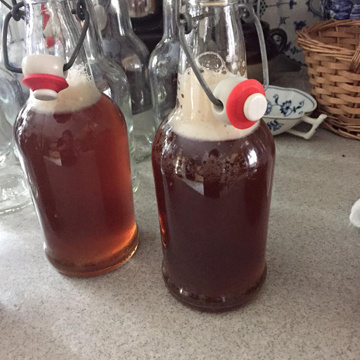
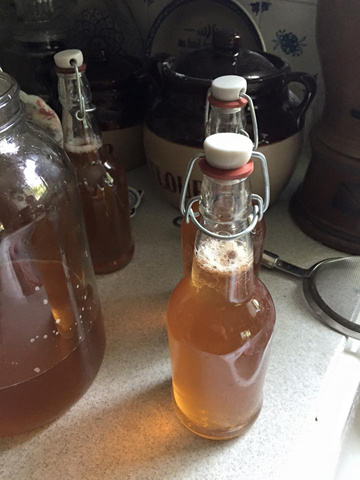
We don't drink soda, but sometimes we miss the carbonation
Often the kombucha will be fizzy and really satisfying
A similar recipe can be used to make a remarkable fizzy lemonade
*Though there is a very small amount of ethanol produced in this process, it's no more than you find in a ripe, fresh orange
Mead
Mead is an ancient fermented, alcoholic beverage made from honey, spring water and yeast
It's especially satisfying when your mead is made from your own honey collected from your own bees!
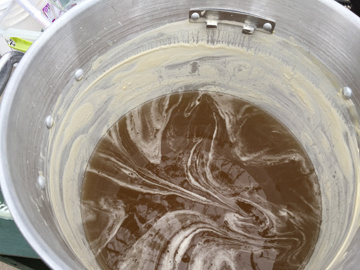
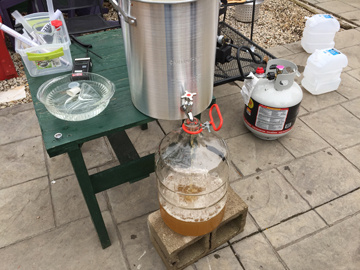
We use between 4 and 6 pounds of honey per gallon of spring water, which is warmed up a bit to aid dissolving
Once the honey has been dissolved and the temperature is around 90 degrees or less, add the yeast
We often use champagne yeast and it tends to produce a drier, more alcoholic mead
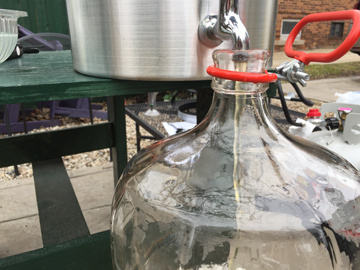
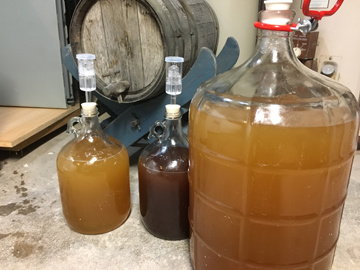
The solution is then transferred into a carboy for the fermentation process
Fruits and spices can be added, called a melomel, which are really fun to experiment with. The darker gallon carboy is an elderberry-ginger mead
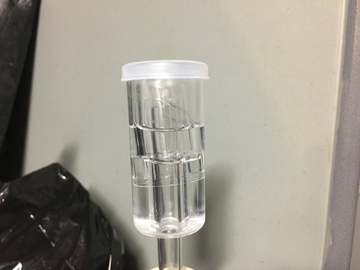
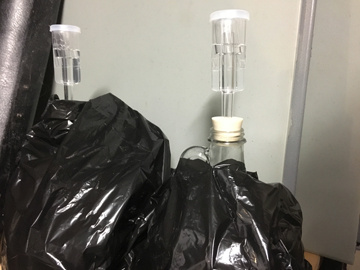
We are pretty careful with disinfecting everything to be used in the process
Stop up the carboy using an airlock and watch it bubble!
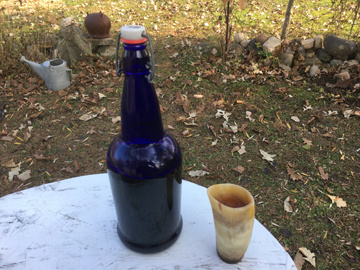
Depending on your yeast and other factors, you can have a finished mead in as little as a month, but the process can often take over a year before bottling
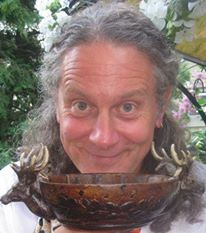
Ah! The Famous MEAD face!
Living History
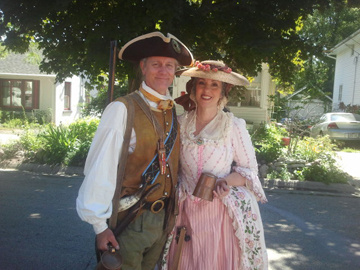
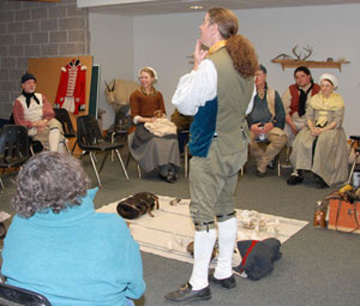
We've done Independence Day parades for different groups and causes
Peter's presentation at the North American Voyageurs Council led to two presentations for the Wisconsin Historical Museum in Madison, WI
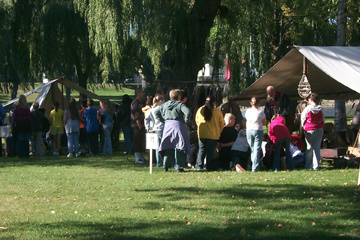
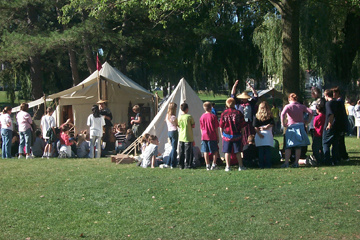
We created and organized Rock River Rendezvous, an annual living history camp (French and Indian War to Civil War), in our community that focused on education
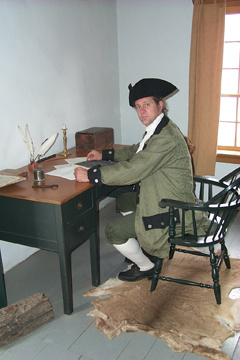
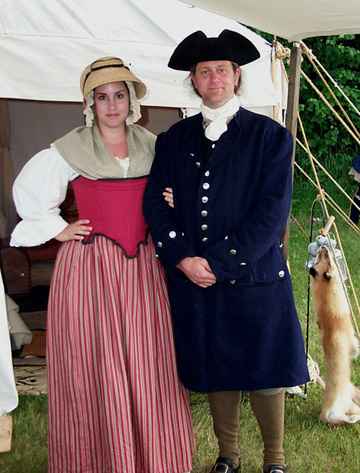
Though we haven't been involved with camping for a number of years, we are still prepared to present colonial life skills such as "primitive" fire starting, open fire cooking and bodice-making as well how to create your own accurate historical persona
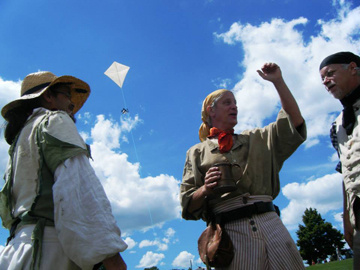
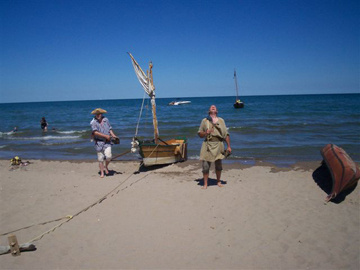
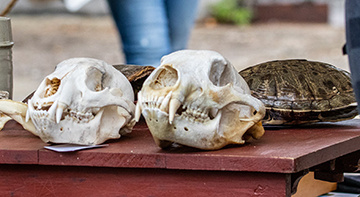
Book Peter for a first-person portrayal of an 18th Century Natural Philosopher for kids and adults
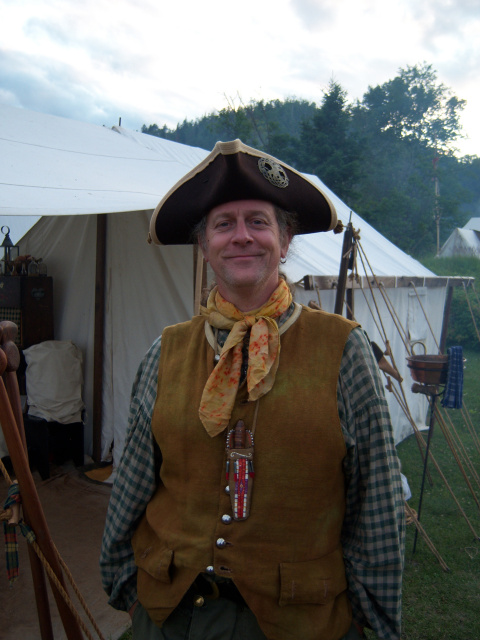
Haste ye Back!
Scots History
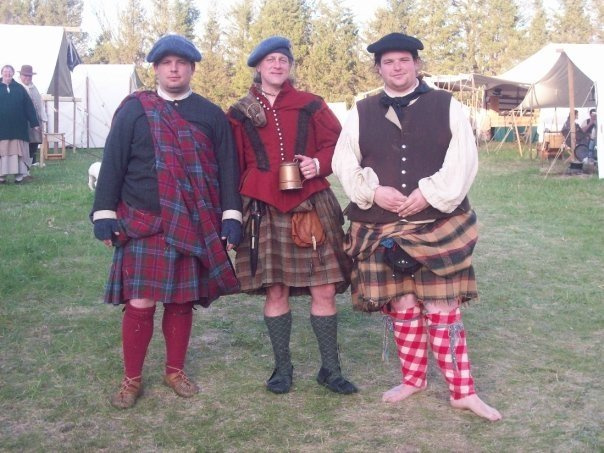
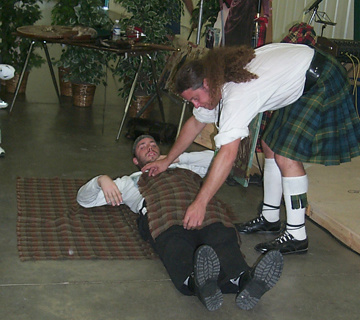
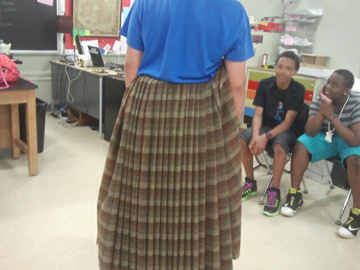
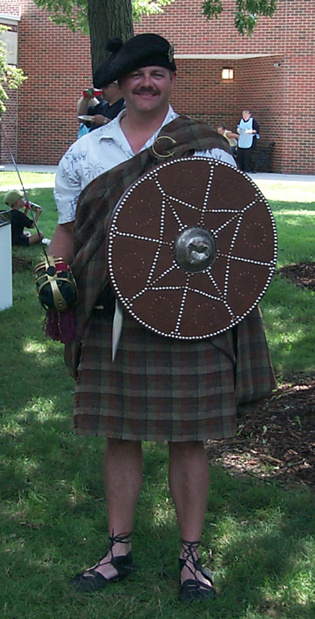
Peter is well known for his in-depth Great Kilt demonstration at schools, historical events and Highland Games
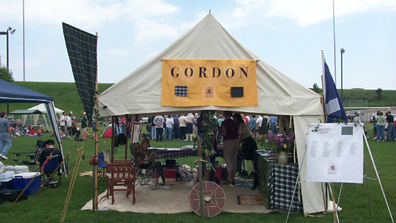
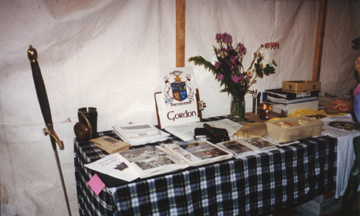
Peter served as Convener for his mother's clan, The House of Gordon Wisconsin, for several years and traveled to several state Highland Games, including Grandfather Mountain, in that capacity
He is a founding member of the Wisconsin Highland Games and Celtic Fling and Mad Celt Fest
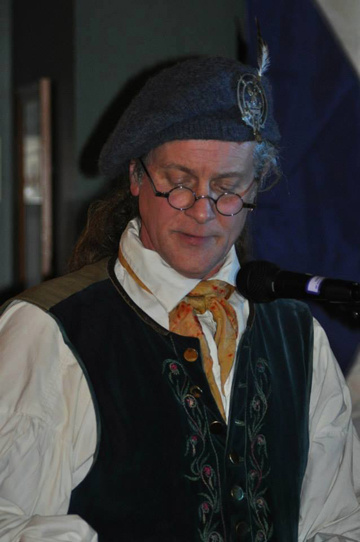
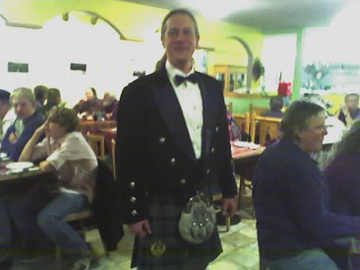
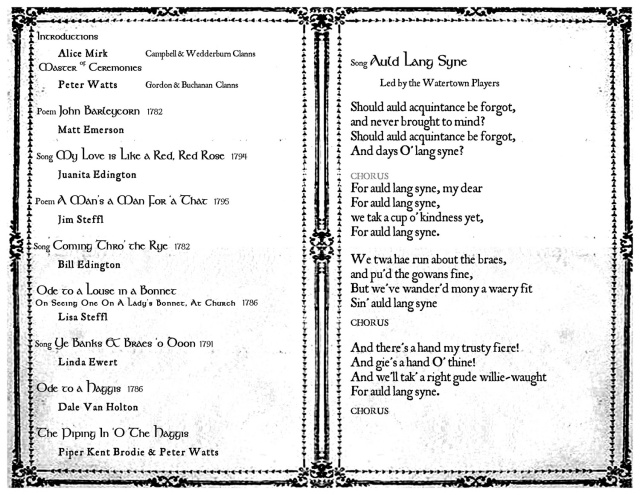
Peter has been honoured to present the Immortal Memory at formal Burns Suppers for local St. Andrews groups
He has also worked with community theater honouring Scotland's great bard
Snow Sculpting
On a totally different tack, Peter is a past member of the United States Champion Snow Sculpting Team
Peter has organized school-wide snow sculpting activities
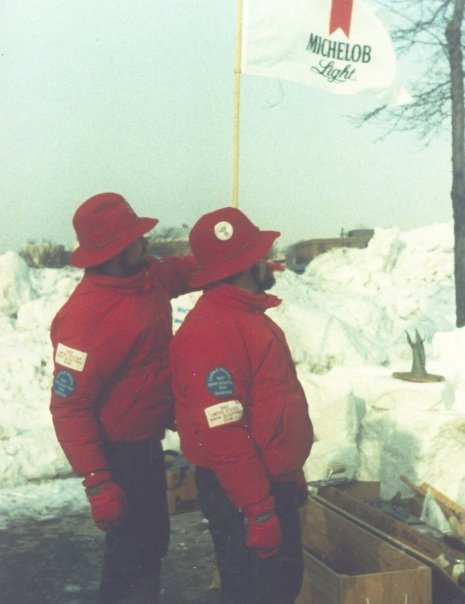
Peter and Brian Clemence look for finishing touches on the Inuit in Kayak on Whale sculpture
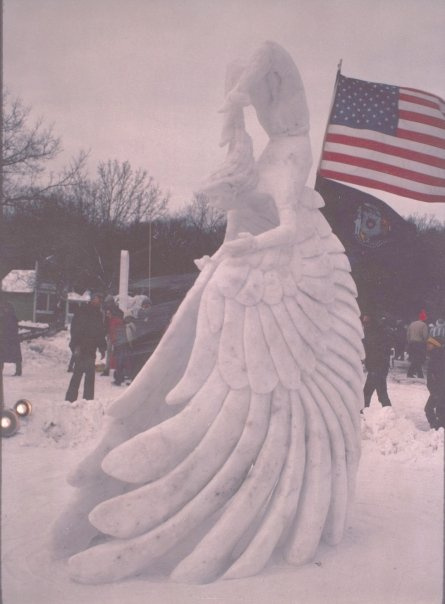

Peter's favorite first place sculpture is Icarus from the 1987 US Snow Sculpting Competition
Sculpture designed by Craig Yanek

Being presented with an award in Ottawa Canada
The Whale, The Bird Sculpture designed by Brian Clemence
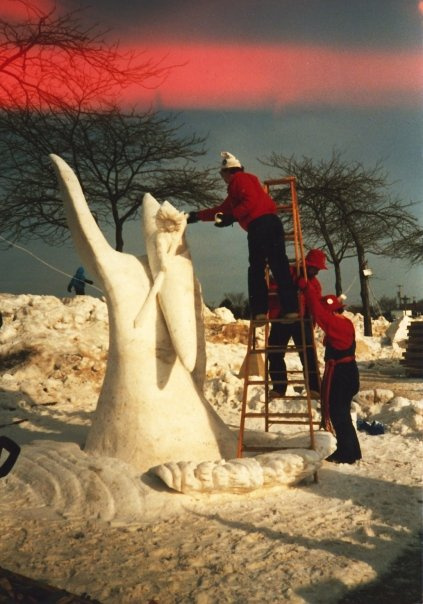
Inuit in Kayak on Whale sculpture pushed the physical limits of snow
Sculpture designed by Craig Yanek
phenoculturewisconsin@gmail.com
©2023 PhenoCultureWisconsin